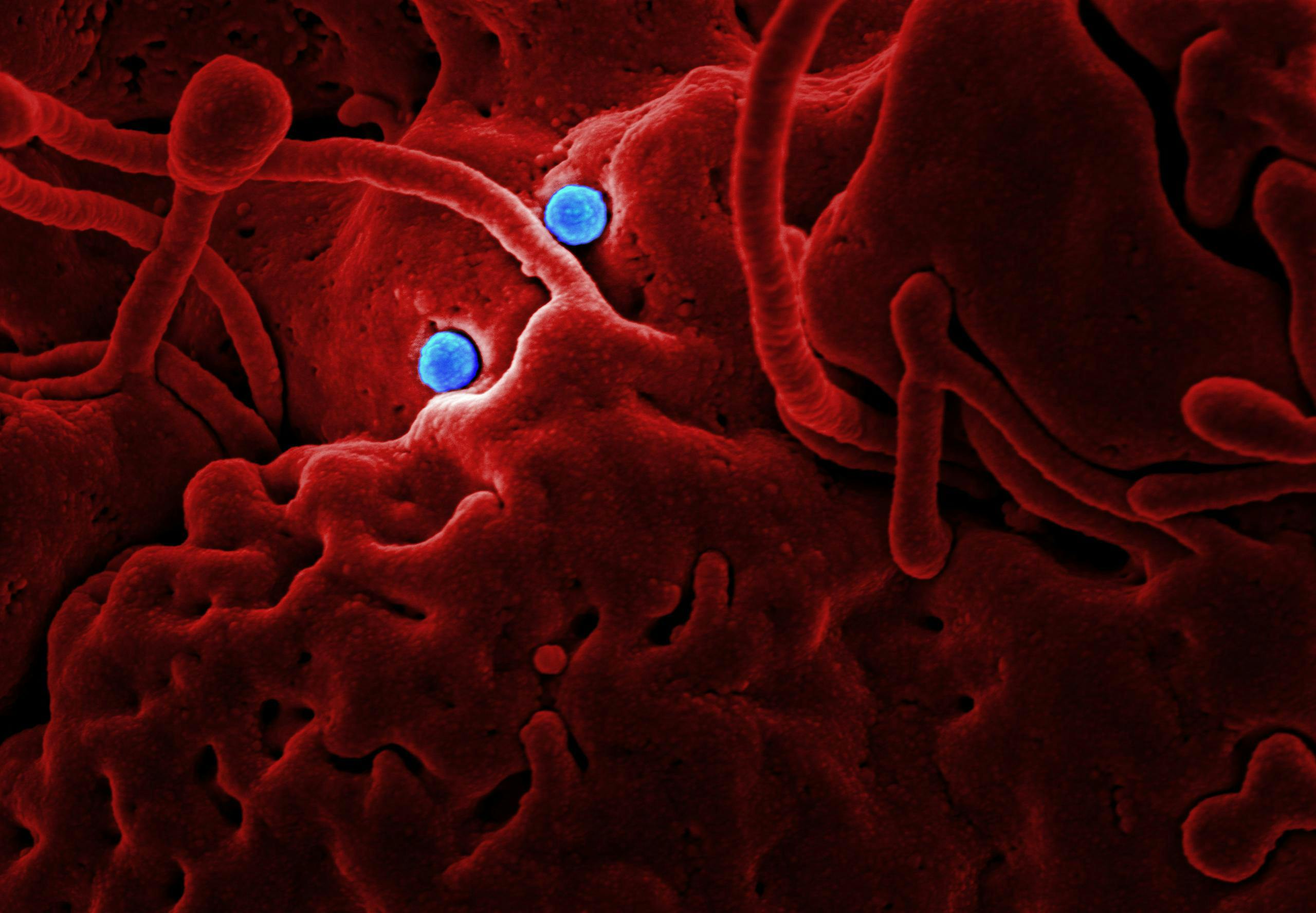The Democratic Republic of the Congo (DRC) is facing a new and alarming health crisis as reports emerge of an unidentified illness spreading in the northwestern region of the country. The World Health Organization (WHO) has confirmed two separate clusters of cases in Equateur Province, raising global concern over the nature of the disease and its potential impact.
According to WHO’s latest updates, as of mid-February 2025, at least 431 cases have been recorded, with 45 deaths attributed to the mysterious illness. The symptoms reported so far include fever, headache, diarrhea, fatigue, and, in severe cases, hemorrhaging. While health officials have ruled out well-known viruses such as Ebola and Marburg, the exact cause of the outbreak remains unknown. Scientists and public health experts are now working urgently to determine whether this disease is caused by a new pathogen, a previously undetected form of a known disease, or environmental factors.
Emergence of the Unidentified Illness in DRC
The outbreak first came to light in January 2025 when a cluster of cases was detected in Boloko Village, within the Bolomba Health Zone. Initial investigations traced the first reported deaths to three young children, all under the age of five. The children had developed high fevers, severe headaches, and diarrhea before experiencing internal bleeding, a symptom that raised immediate concerns among health professionals.
What alarmed investigators even more was that, according to community reports, these children had consumed the carcass of a bat shortly before falling ill. While no direct link has been established, bats are known reservoirs of several deadly viruses, including Ebola, Marburg, and coronaviruses.
A second cluster of cases emerged in February 2025 in Bomate Village, located within the Basankusu Health Zone. This outbreak quickly escalated, with fatalities occurring at an alarming rate—nearly half of the patients died within just 48 hours of developing symptoms. The rapid disease progression and high mortality rate have left health officials scrambling for answers.
Potential Causes and Current Investigations
In response to the crisis, the WHO and DRC’s Ministry of Health have deployed teams to affected areas to conduct field investigations. Their primary objectives include identifying the cause of the illness, testing potential environmental and foodborne origins, and determining if any common links exist between patients.
Initial laboratory tests have ruled out Ebola and Marburg, two of the deadliest hemorrhagic fevers known to the region. However, other possible causes remain under investigation, including:
• Severe Malaria: Given the region’s high prevalence of malaria, some experts believe the disease could be a particularly aggressive strain or a complication caused by co-infections.
• Viral Hemorrhagic Fevers: While Ebola and Marburg have been ruled out, other hemorrhagic fevers, such as Lassa fever or Rift Valley fever, are still being considered.
• Foodborne Poisoning: With reports suggesting that bat consumption may have played a role in the initial cluster, there is concern that food contamination could be a contributing factor.
• Waterborne Illnesses: The DRC struggles with clean water access, making bacterial infections such as typhoid fever a potential suspect.
• Meningitis: Certain bacterial strains of meningitis can cause symptoms similar to those observed in these cases.
One of the most troubling aspects of the outbreak is that there appears to be no clear epidemiological link between the two affected health zones. This suggests that multiple factors may be at play, or that the disease is spreading in ways not yet fully understood.
Recurring Health Crises in the DRC
The emergence of this unidentified illness comes just months after another major health emergency in the southwestern province of Kwango. In late 2024, authorities in Kwango Province struggled to contain what was initially described as a “mystery disease.” However, after weeks of investigation, officials determined that the outbreak was a severe form of malaria, exacerbated by malnutrition and other underlying health conditions. That crisis resulted in 2,774 cases and 77 deaths.
The pattern of unexplained outbreaks in the DRC underscores the country’s ongoing healthcare challenges. With limited medical infrastructure, insufficient laboratory capacity, and difficulties in reaching remote communities, disease outbreaks often escalate before effective interventions can be implemented.
Impact of Conflict on the Health Crisis
Compounding the issue is the ongoing armed conflict in parts of the DRC, particularly in North Kivu and South Kivu provinces. Continuous violence has displaced thousands of people, leading to overcrowding in temporary shelters and worsening sanitary conditions. Humanitarian organizations have reported increasing difficulties in delivering aid due to road blockages, attacks on medical workers, and looting of supplies.
This precarious situation makes controlling outbreaks even more difficult. Limited access to healthcare facilities and the destruction of essential infrastructure leave affected communities vulnerable to disease outbreaks, with little means of protection.
International Response and Containment Efforts
As global concern over the unidentified illness grows, international health agencies have intensified their efforts to contain the outbreak. The WHO has dispatched emergency teams to assist local authorities with testing, patient care, and containment strategies.
Public health officials have also launched awareness campaigns in the affected regions to educate communities about potential disease transmission routes. Since bat consumption has been suggested as a possible risk factor, efforts are underway to inform locals about the dangers of handling or eating wild animals.
Additionally, international medical research institutions are collaborating with Congolese health officials to analyze patient samples and determine the outbreak’s cause. If a new pathogen is identified, efforts will quickly shift toward developing appropriate treatments or vaccines.
Challenges in Managing the Outbreak
Several challenges complicate efforts to contain and study the disease:
• Geographical Barriers: The affected areas are remote and difficult to access, slowing down the delivery of medical supplies and investigative efforts.
• Limited Healthcare Infrastructure: Many rural clinics lack proper diagnostic tools, making it difficult to confirm cases and differentiate between potential diseases.
• Mistrust of Medical Authorities: Previous outbreaks, particularly of Ebola, have led to widespread mistrust in some communities, making it difficult for health workers to implement containment measures.
• Conflict and Political Instability: Ongoing violence diverts attention and resources away from public health emergencies.
The Need for Global Health Preparedness
This latest crisis in the DRC highlights the broader issue of global health security. Emerging infectious diseases pose a constant threat, and the world must be prepared to respond swiftly to potential outbreaks before they spread beyond their point of origin.
Investing in early detection systems, strengthening healthcare infrastructure, and fostering international collaboration are crucial steps in preventing future pandemics. The outbreak in Equateur Province serves as a stark reminder of the need for continued vigilance in global health monitoring.
Conclusion
As the investigation into this unidentified illness continues, the priority remains on saving lives and preventing further spread. The WHO, in collaboration with the DRC’s Ministry of Health and international partners, is working tirelessly to determine the cause of the disease and implement effective control measures.
For now, the world watches closely as researchers race against time to uncover the truth behind this deadly outbreak. Until a definitive cause is found and effective interventions are in place, the situation in the DRC remains a critical concern for global health experts.
References
1. World Health Organization (WHO) Reports on Emerging Diseases
2. Ministry of Health, Democratic Republic of the Congo
3. International Research on Zoonotic Diseases
4. Public Health Studies on Outbreak Management in Africa
5. Reports from Humanitarian Organizations Operating in DRC
(Note: This article is based on available information as of February 2025. For further updates, please refer to official health sources.)
Read More About : Know If Turmeric is Safe For Your Kidneys
Visit Us At : https://g.co/kgs/rTqAjgt





